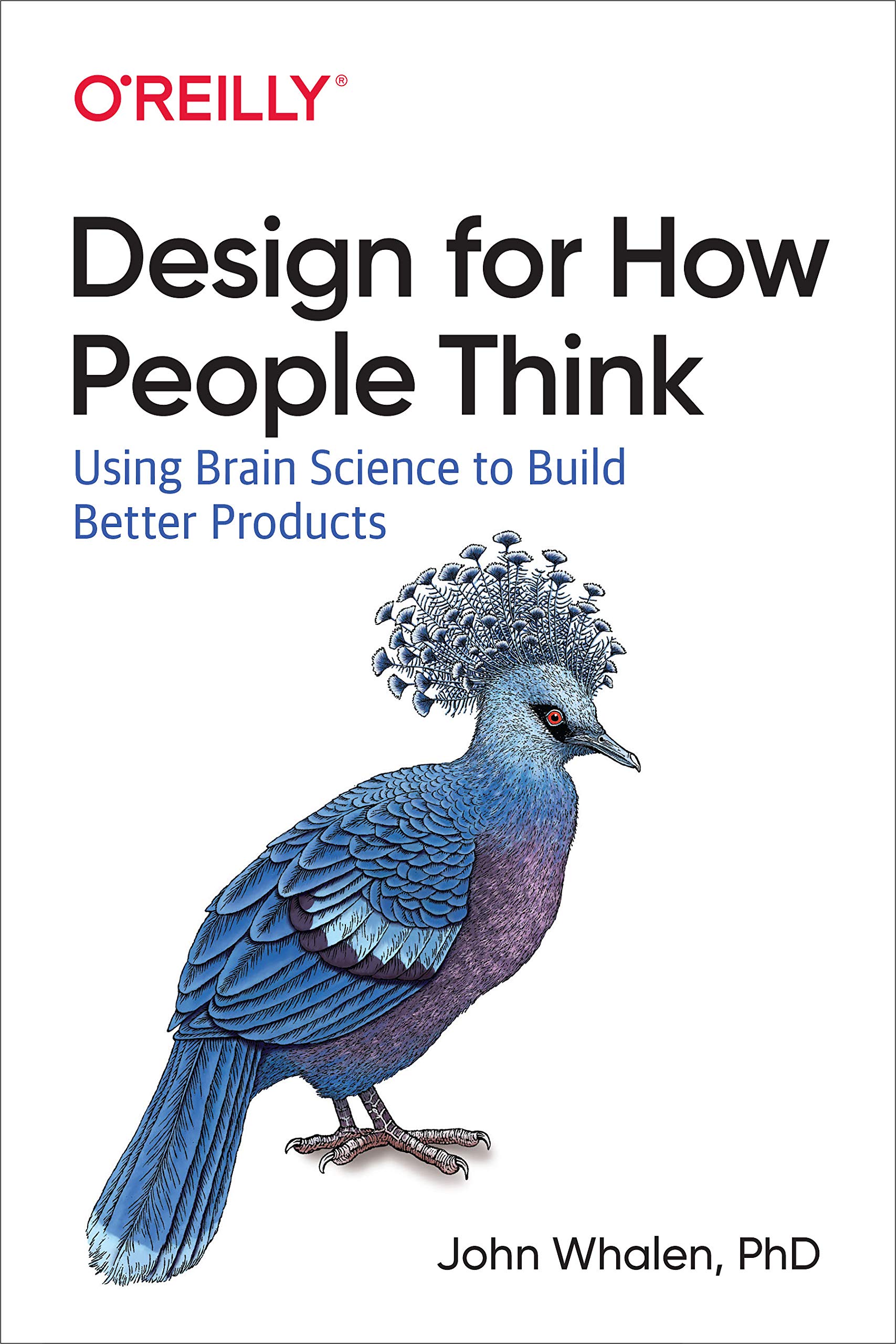Why Sewing is like Coding - Debugging
Whether I’m at a keyboard or behind my sewing machine, I spend most of my time not in the act of creating, but in the act of fixing. Debugging, testing, twea...

I picked up this book because I thought it could offer some insight on the kinds of things needed to focus on when designing this app. The author writes about the “six minds”, which explains six different regions of the brain and how each is used when interacting with a product. Each is involved in the way a person interacts with a product or service:
Essentially, the psychology of a person will have an effect on their experience with the product. Designers should consider these to make better products; be mindful of these when testing the product and adapt to cover these areas.
While using eye tracking studies could prove helpful (where does a user look/not look on a screen when using a website or app?), its not something feasable that we can do. It would be good if we could observe users trying out the app for the first time, or even a static prototype, and watch where they tap. Is it intuitive? This reminded me of the situation I was in where I was trying to adjust the volume at the podium for giving a lecture, and I thought it worked by sliding the red volume bar up and down (it was actually done by using the up and down buttons right next to it) but my past experiences with technology made me think otherwise. The author talked about contectual interviews, which involves watching the participant use your project in their environment, like at their workstation. That way you can truly see how they would use it.
There are many different ways to do testing besides surveys. It would be helpful if we could, not just asking what the user thinks, but by simply observing you can also get information. They might not be able to answer your question about why they are doing something or what they think.
Defining task management and goals is essential. People might not know what they want. Are they thinking this is simply a to-do list? If you’ve never been taught about goal setting and achieving, you won’t see the benefit or even think that you need to plan out goals. So keeping in mind the language and communicating that to users is essential. Their idea about goals is going to be different from others.
This book brought up some good points that I took note of, but there wasn’t too much that I felt I needed to remember. Analyzing according to the six minds sounds interesting, but not something I’m planning to incorporate to the project. Overall, I felt like it gave me something to think about and was a nice tie to concepts in psychology.
Whether I’m at a keyboard or behind my sewing machine, I spend most of my time not in the act of creating, but in the act of fixing. Debugging, testing, twea...
Iterative testing. Getting the customer involved early and often. These key ideas are not only frequently mentioned but thoroughly explained in books about a...
It all started with a need. I attend weekly tech meetups and often share event details on Discord with my group. But as the list grew, keeping things organiz...
Eric Ries 2011
Jake Knapp, John Zeratsky, Braden Kowitz 2016
Andrew Stellman & Jennifer Greene 2014
What is this ‘Maker Faire?’
Getting the thoughts out there - using Lucidchart
What’s the least amount of (and most important) features we need to make for the design so that we can start testing?
How do you know when to stop? We discussed the research that our group has been working on. Two students are looking through the App Store and Google Play St...
AI/Tech Coffee Social ☕
Friday Team Meeting #1 - Online edition
Tuesday Team Meeting #2: Getting the hang of it
Monday Meeting #2: Reconvening after our First Full Week of Work
Maja Dakic 2023
Jeff Gothelf & Josh Seiden 2021
John Whalen, PhD. 2019